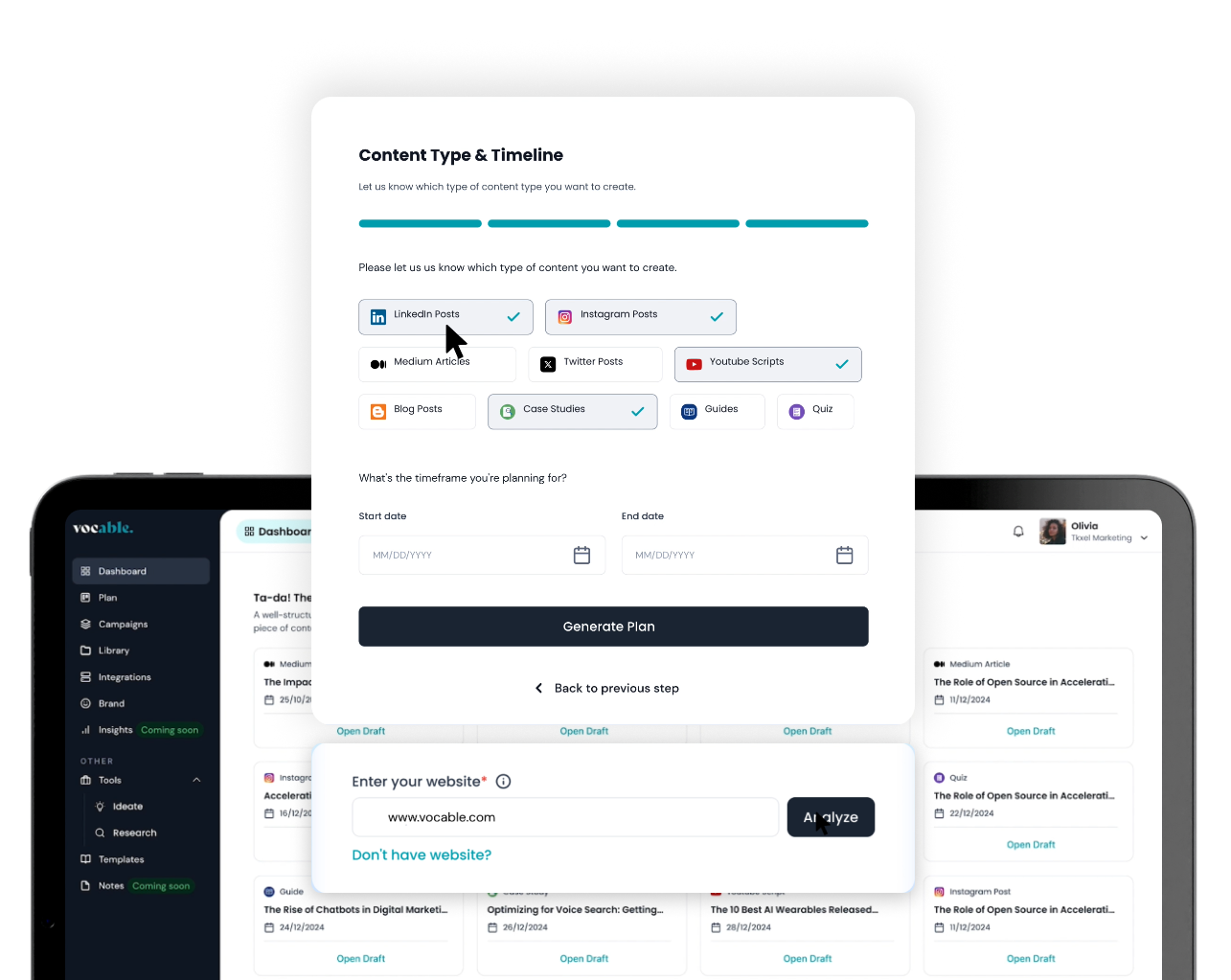How to Curate and Publish Your Research with Perplexity AI

Iman OubouDecember 19, 2024 4 min read
The overwhelming volume of information has made traditional manual research methods increasingly unsustainable. In my experience, even skilled researchers can spend 60-70% of their time just gathering and organizing information rather than analyzing and deriving insights. While traditional methods of gathering and presenting information still have their place, AI tools have opened up new possibilities for streamlining our work without sacrificing quality. Let me share what I’ve learned about integrating AI into a professional research workflow.
1. Rethinking the Research Process
The key to effective modern research isn’t just finding information – it’s asking the right questions in the right sequence. Here’s how I approach it:
Start with broad, foundational questions:
- “What are the fundamental challenges in [industry/topics]?”
- “How has [topic] evolved over the past 5 years”
- “what are the current debates around [topic]?”
Then drill down with specific follow-ups:
- “What data supports these trends?”
- “Which companies are leading innovation in this area?”
- “What the opposing viewpoints on this issue?”
Quick Tips
A Critical Note on AI-Assisted Research: While AI tools can accelerate information gathering, they shouldn’t replace critical thinking. I always cross-reference key findings and treat AI outputs as a starting point rather than definitive answers.
2. Organizing Research Findings
One of the most challenging aspects of research is transforming scattered information into a coherent narrative. Here’s my process:
- Create a Research Framework
- Start with your core research question
- Identify 3-5 key themes or angles
- Map supporting evidence and data points
- Structure Your Findings
- Begin with context and background
- Present key insights in order of importance
- Support each point with specific evidence
- Address potential counterarguments
- Conclude with implications and next steps
3. Creating Research Documents
When creating research documents, I follow this systematic approach:
Stage 1: Foundation
- Define the scope and audience
- Outline key sections
- Identify gaps in current knowledge
Stage 2: Content Development
- Write clear, concise section summaries
- Include relevant data and examples
- Add visual elements where they add value
Stage 3: Refinement
- Review for logical flow
- Strengthen weak arguments
- Add nuance to oversimplified points
- Ensure consistent formatting
4. Tips for Better Quality Research
Maintaining Credibility
The rise of AI tools has made source verification more critical than ever. I always:
- Check publication dates for currency
- Verify author credentials
- Cross-reference key statistics
- Document methodology
Visual Elements
While AI can generate basic visualizations, I’ve found that the most effective research documents use visuals strategically:
- Only include graphs that illuminate key points
- Use consistent formatting across all visuals
- Provide clear context for each visualization
- Include source information
Quality Control
My quality control checklist includes:
- Fact verification for all key claims
- Logical flow between sections
- Clarity of argument
- Professional formatting
- Citation accuracy
Get Started with Vocable
Master every aspect of Vocable, from automated content planning to publishing in these step-by-step tutorials and product guides.
Get Started Now




